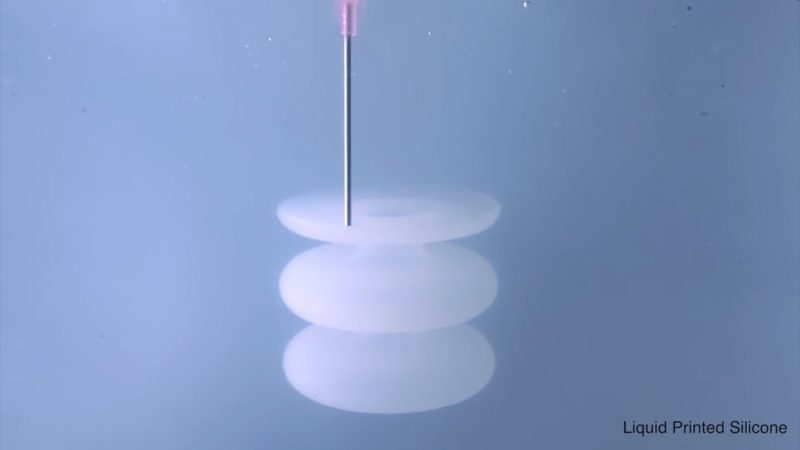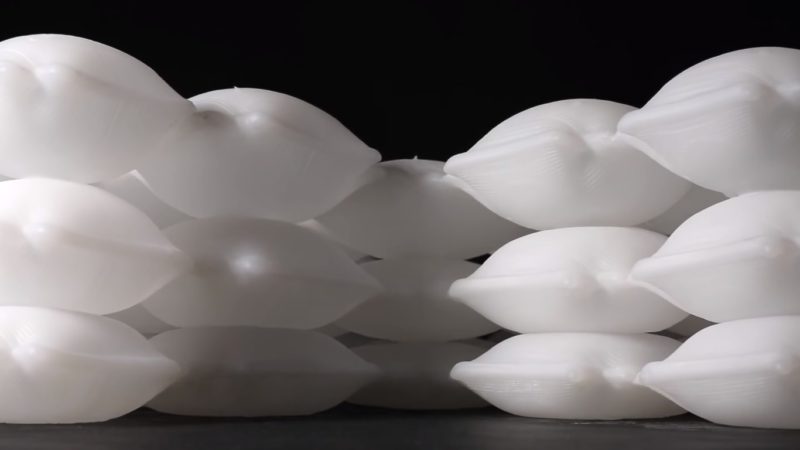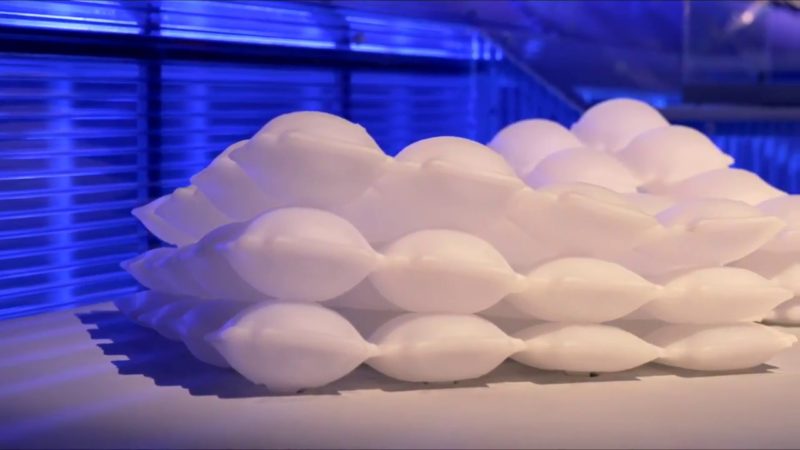MIT’s 3D-Printed Inflatables Pave the Way for Morphing Car Interiors
Imagine settling into your car’s driver seat and finding it just a tad too soft or an inch or two too high for your feet to reach the pedals — but instead of reaching for a supportive cushion or fumbling for that lever that thrusts the seat forward, you just push a button and your seat is suddenly perfectly tailored to your body.
No, it’s not another futuristic daydream, it’s a prospect made possible by The Self-Assembly Lab at the Massachusetts Institute of Technology. More specifically, the MIT team has been working with BMW on a project called “Liquid Printed Pneumatics,” which utilizes a revolutionary new method to create 3D-printed inflatable structures. BMW was curious how the experimental method could help bring some of their shape-shifting concept cars to life.
The Possibilities

The lab’s flexible silicone models can change shape or size with a simple adjustment of air pressure. Besides altering car seats on demand to assorted positions and levels of cushion comfort, BMW has also conceived of a few more fantastic options. Think unneeded seats that disappear into the background on demand, customizable dashboards, and the complete reconfiguration of a car’s interior to facilitate sleeping, game playing, eating, etc.
Martina Starke, leader of brand vision and brand design at BMW Group, says of the project: “There is no need to lock the car of the future into any particular shape. Interiors could even take on malleable, modular uses. The outcome of this collaboration manifests that a new material future is imminent.”
How It Works

The inflatable 3D material was created using the Self-Assembly Lab’s “Rapid Liquid Printing” procedure. This technique was initially made public last year as a method of printing furniture and other three-dimensional objects. This BMW development marks the first time an inflatable item has been 3D-printed. Prior experiments revealed that conventional inflatable creation methods were not able to produce such intricate designs.
The process entails releasing matter from a computer-operated nozzle into a container of gel and letting it harden. This allows supple materials that other types of 3D printing would normally crush to be utilized to their full potential. This procedure is also extremely quick, creating new opportunities for mass manufacturing in ways customary 3D printing cannot.
Future Prospects

In a recent interview, Self-Assembly Lab leader Skylar Tibbits shared: “Rapid Liquid Printing combines the advantages of casting with the customization and capabilities of 3D printing and demonstrates the first printed inflatables that can fully stretch and transform like balloons. Speed and customization are important, but more than that, we can uniquely print with truly elastic silicone rubbers, polyurethane rubbers, foams, plastics, and a variety of other materials that are difficult or impossible to print with using other forms of 3D printing.”
Although Liquid Printed Pneumatics was initially cultivated for the manipulation of interior spaces, Tibbits also sees the technology’s value when it comes to the manufacture of things like packaging, soft robotics, shoes, and furniture.
He added: “Similarly, we can print air and watertight chambers to create the inflatables without relying on support materials as required in other printing process(es). This makes Rapid Liquid Printing uniquely situated to creating these inflatable printed structures.”
Stay tuned for more developments on this groundbreaking 3D technology and the ways it could influence your life.




